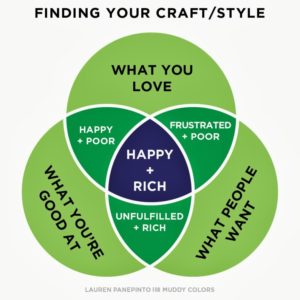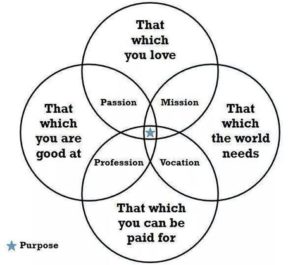John Venn was born in England in 1834. He grew up in a very strict religious family with no nurturing from a mother who died when he was 3. Like many of the privileged class in England, he was educated in a private school. When he went to college, he began to study mathematics.
It didn’t take long for him to become disenchanted with the limited course selection in the mathematics curriculum. He wanted to explore other ideas. While he received his degree, he vowed to reject a career in math. He chose instead the family career path of religion.
After a few years as a priest in the Anglican Church, he returned to teach at Cambridge. Unlike other faculty, his teaching interests were quite broad including ethics, economics, philosophy, logic, and probability theory.
His diverse teaching interests were thought to be the origin of a descriptive tool still widely used today. He called this tool Eulerian Circles. Today we call them Venn diagrams, as shown below.
John Venn left his religious calling when he no longer found the church’s beliefs to be compatible with his own beliefs. At age 69, he became President of Cambridge and continued in that position until his death at the age of 88.
In addition to his academic interests, John Venn was an inventor of machines. One machine was used in the game of cricket and bested the performance of the top cricket bowlers. His other interests included gardening, where he was known for his prize-winning roses and white carrots.
Venn was a strong advocate for women’s rights, especially voting. He and his wife joined with such prominent women as Lady Maud Darwin, wife of George Darwin, and Florence Keynes, wife of the famous economist and an accomplished scholar in her own right.
For many hidden heroes, we may know their names but not them. Venn diagrams are well-known, but few may know the man whom the diagram is named for. And that’s a shame.
* * *

